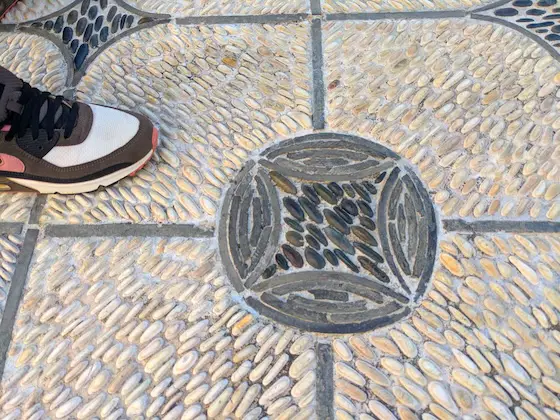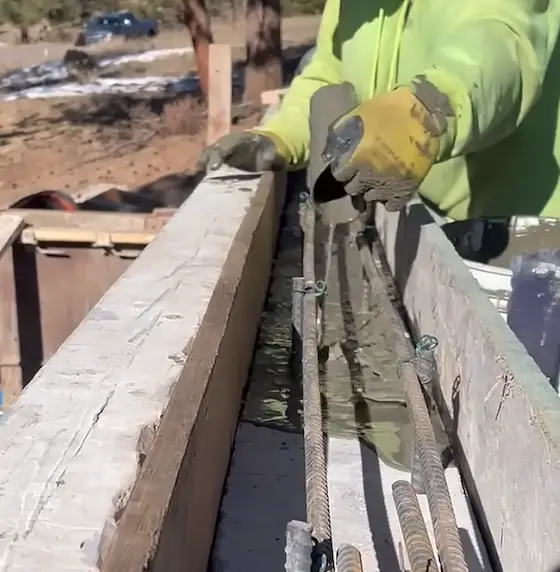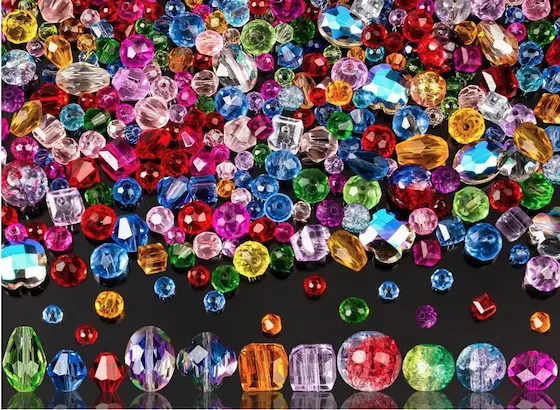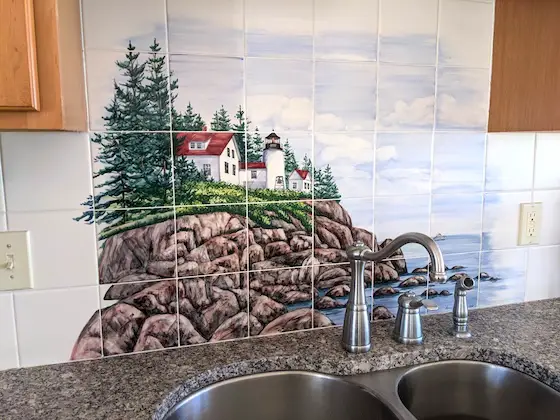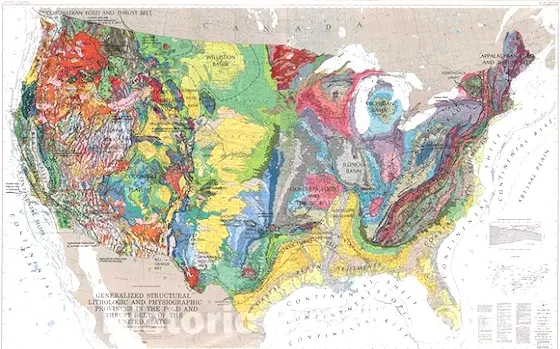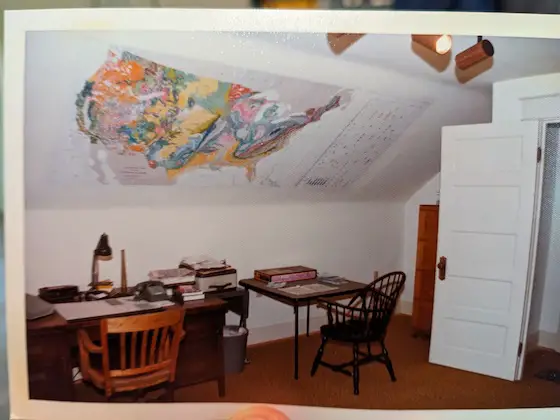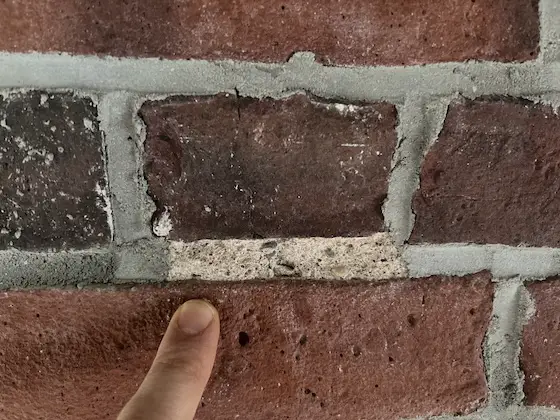Plumbing Preventative Maintenance is Easy - Saves Big Bucks
I received two frantic phone calls in less than twelve hours several days ago. Both calls were about plumbing emergencies. The one young woman was so flustered she hung up on me the instant she discovered my Google Maps listing was about drawing plumbing plans, not doing plumbing service calls. I speculated a pipe had burst and water was flooding her home once the line went dead.
The second call was from the young woman who attends my church. I’ve shared other tales about her home-repair challenges in past columns. This time the hot water in her home would only last for ten seconds. Ice-cold water would then flow from the faucets and her sole shower head. The last thing anyone wants in New Hampshire is to take a cold shower in February.
A Photo Reveals Mixing Valve
I asked her to send me a photo of her boiler room so I could start to diagnose the issue without a house call. I saw a pesky mixing valve in the photo. These valves blend cold water with the scalding hot water produced by the boiler. Without one, your skin would look like that of a lobster in a cooking pot. Second-degree burns would follow in minutes. Mixing valves malfunction if they’re not exercised on a regular basis.
The young woman admitted she was pretty much clueless as to how all the plumbing worked in her home. I shared that the fix was easy and she breathed a sigh of relief. She thought she might need a new boiler.
Once the emergency was over, I pondered how these two calls could save millions of dollars should you, and every other reader of this column, get up to speed on how to prevent expensive plumbing service calls. A plumbing service call can start at $300, and be as high as $800.
It’s important to realize I’ve been a master plumber since age 29. The first place to start is your incoming water supply line. The water pressure inside your home is almost always greater than 40 pounds per square inch. Should a water line rupture, hundreds of gallons of water can flood your home in minutes. It’s imperative you know how to shut off the main water valve to stop the flow of water and that the valve works.
The biggest mistake most homeowners make is the failure to exercise valves. Exercising valves means to turn them on and off. You exercise your faucet and toilet valves each day by using the fixtures in your home. This is why those valves turn on and off with ease.
You need to do the same thing with shutoff valves. Set a calendar reminder on your phone to turn on and off your main shutoff valve once every three months. The pesky ones are old-fashioned gate valves that have a circular handle. The best shutoff valves in my opinion are ball valves. These have a straight handle. You just rotate the handle 90 degrees to get it to open or close.
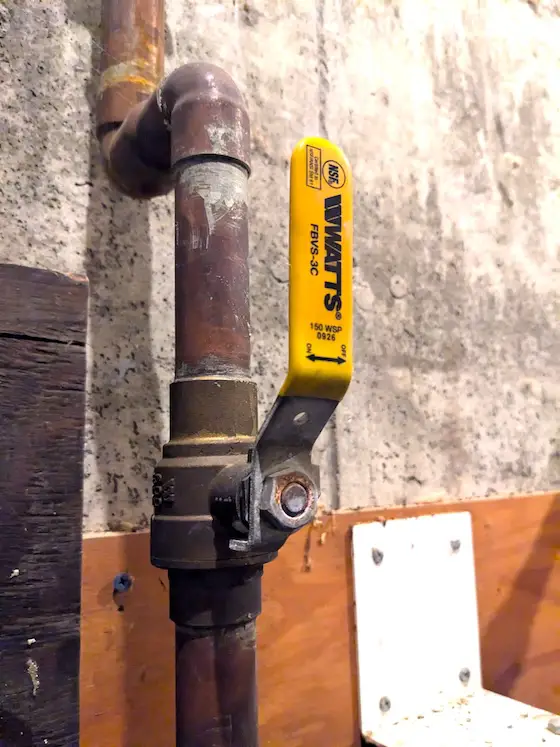
When was the last time you tried to turn off and back on a shut-off valve like this or the one under your toilet? Copyright 2025 Tim Carter
It’s not a bad idea to exercise all shutoff valves under sinks and toilets, but that can be a pain in the you-know-what. Shutting off all the water in your home using the main valve will stop the flow until such time as the repair can be made.
Tool rental businesses allow you to make emergency repairs that will save you hundreds of dollars. You can repair burst copper water lines using a press tool that makes water-tight connections using special copper fittings that have internal rubber o-rings. I checked moments ago and these tools can be rented for $50 for an entire day. I have a video on my AsktheBuilder.com website showing how to use a press tool.
Simple hand tools can also be used by you to make repairs to PEX and CPVC water lines. Watch a few videos on YouTube.com and consider purchasing these tools to have on hand.
Drain lines are not as important as water lines in my opinion. Leaks in drain lines can be stopped by not using the fixture. Clogs are perhaps the biggest issue with drain lines. Hundreds of millions of dollars are given to drain-cleaning companies and plumbers each year by homeowners like you. Much of this can be prevented.
For starters, only flush bodily waste and toilet paper down toilets. Avoid flushing feminine hygiene products and the dreaded flushable wipes. I recorded a very popular video that you can watch on my website to see what happens when you flush wipes. It’s okay to use wipes, but dispose of them in a sanitary waste can in your bathroom just as you’d get rid of a soiled infant diaper.
Grease is a huge issue. You can prevent grease clogs by wiping all liquid grease from dishes and cooking pots and pans before washing them. I save not-so-dirty paper towels and use these to sop up grease. I then throw away the paper towels in the trash.
Grease buildup in drain pipes is expensive to remove. Plumbers need to flush the drains with enormous amounts of very hot water. It’s an expensive service call.
I pour 25 gallons of boiling water down my kitchen sink every three months to ensure my pipes have no grease buildup. You might try doing the same thing.
Column 1600
